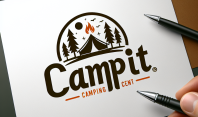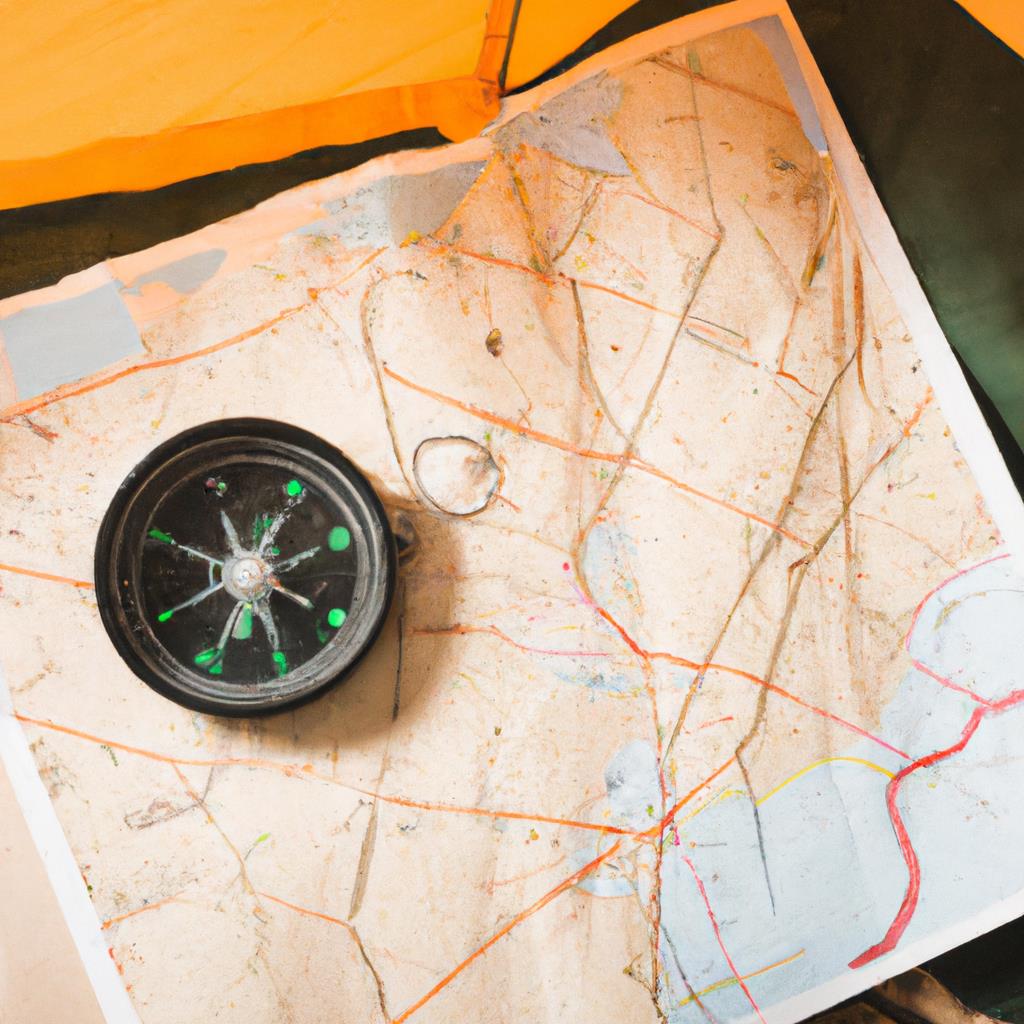When it comes to exploring the wilderness and camping in remote locations, having the right navigation tools is crucial. While technology has made it easier to find your way using GPS devices and smartphone apps, it's always a good idea to have a backup plan in case your electronics fail. That's where a compass and map come in handy.
Using a compass and map to navigate a camping site may seem daunting at first, but with a little practice and knowledge, you can become a pro at finding your way through the wilderness. In this article, we'll discuss the basics of using a compass and map to navigate a camping site, so you can feel confident venturing into the great outdoors.
Understanding Your Compass
The first step in using a compass to navigate a camping site is to understand how it works. A compass is a simple tool that consists of a magnetic needle that points north. By aligning the compass needle with the Earth's magnetic field, you can determine which direction you are facing and orient yourself on a map.
Before you head out on your camping trip, make sure to familiarize yourself with your compass and how to read it. Most compasses have a rotating bezel that allows you to set your heading and a direction-of-travel arrow that points in the direction you want to go. Understanding these features will help you navigate accurately in the wilderness.
Reading a Map
In addition to a compass, a map is a crucial tool for navigating a camping site. A topographic map is the best option for outdoor navigation, as it provides detailed information about the terrain, including elevation, water sources, and landmarks. Before setting out on your camping trip, make sure to study the map and familiarize yourself with the area you'll be exploring.
When reading a map, it's important to pay attention to the scale, legend, and contour lines. The scale will help you determine the distance between points on the map, while the legend will provide key information about symbols and features on the map. Contour lines indicate the elevation of the terrain, helping you navigate through valleys, ridges, and other obstacles.
Using a Compass and Map Together
Now that you understand the basics of using a compass and map, it's time to put your knowledge into practice. When navigating a camping site, start by orienting your map so that it aligns with the compass needle. This will help you determine which direction you are facing and where you need to go.
Next, identify your current location on the map and choose a destination or waypoint to navigate to. Use the compass to set your heading and follow the direction-of-travel arrow to stay on course. As you hike through the wilderness, periodically check your compass and map to ensure you are heading in the right direction.
Tips for Navigating a Camping Site
When using a compass and map to navigate a camping site, there are a few tips to keep in mind to ensure a successful journey:
- Stay oriented: Continuously check your compass and map to stay on track.
- Use landmarks: Look for distinct features on the map, such as mountains, rivers, and trails, to help guide you.
- Adjust for declination: If using a compass with adjustable declination, make sure to account for the difference between magnetic north and true north.
- Practice navigation: Take time to practice using a compass and map in familiar areas before venturing into more challenging terrain.
- Stay safe: Always have a backup plan and know how to navigate using other methods, such as a GPS device or smartphone app.
Conclusion
Exploring the wilderness and camping in remote locations can be a rewarding experience, but it's important to have the right navigation tools to stay safe and on track. By learning how to use a compass and map to navigate a camping site, you can confidently venture into the great outdoors and explore new destinations with ease.
Remember to practice using your compass and map before your camping trip, familiarize yourself with the area you'll be exploring, and always have a backup plan in case your electronics fail. With the right skills and knowledge, you can navigate a camping site like a pro and enjoy the beauty of the wilderness without getting lost.


leave a comment